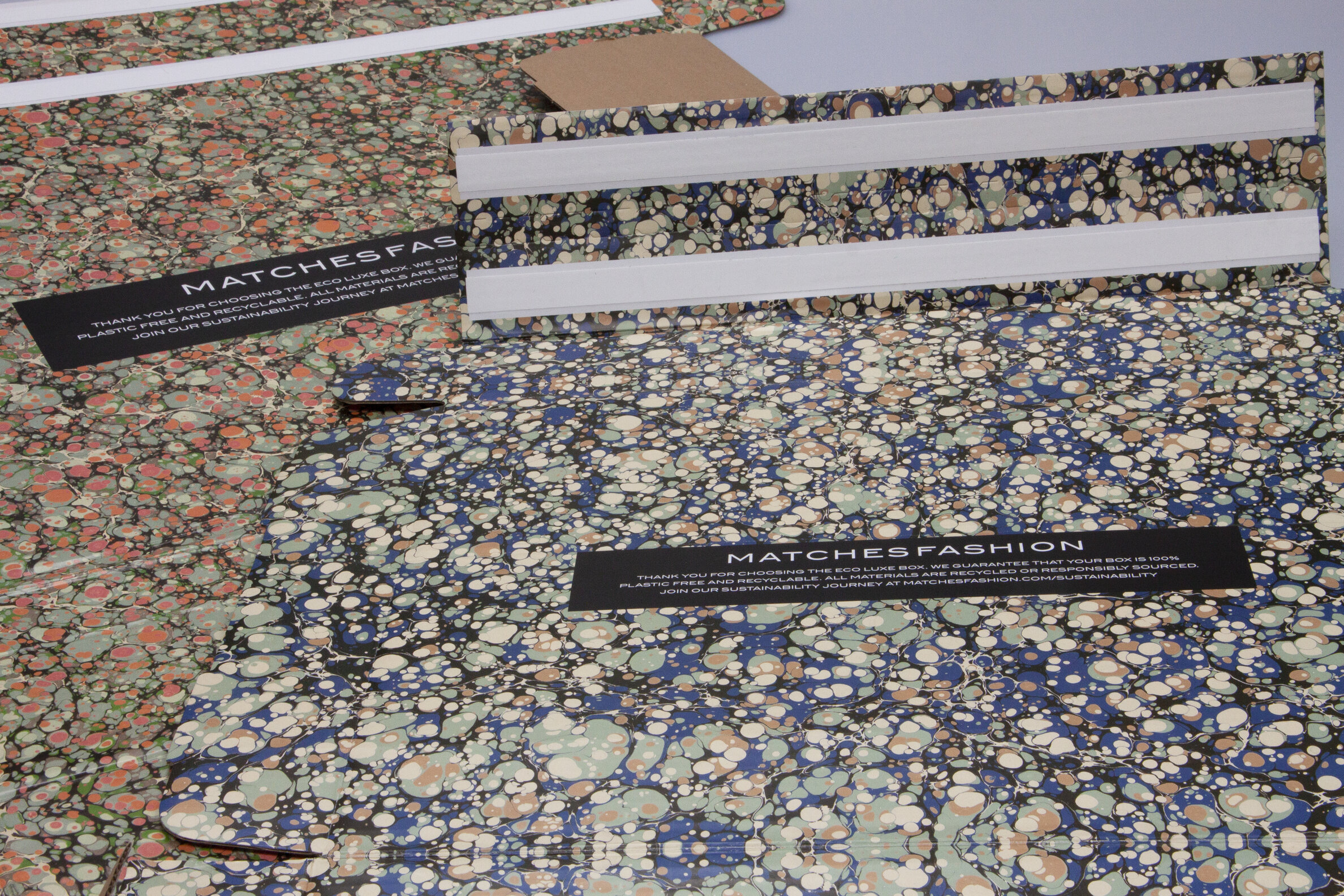The packaging and retail industry has been slowly getting on track after tumultuous COVID-19 months. Making predictions for the year to come seems a little strange following the unstable nature of events endured over the past 12 months. From split political decisions, social movements, extreme weather conditions, economic turmoil and of course, a global health pandemic, we’ve really seen it all. And no one could have predicted it.
Just about every industry, business and individual has been affected by at least one of these events. Not just affected but shaken to the core in many instances. And as a result, we’ve seen some significant shifts in both consumer and stakeholder sentiment, which aren’t necessarily as negative as the events that caused them.
The nature of some of these shifts will be permanent as they’ve encouraged better ways of living and of doing business. Therefore, the learnings from these changes should inform our plans for the year to come.
In regard to packaging, here are my predictions on how this year’s shifts should change the way businesses approach the role, composition and manufacturing processes of their container solutions.
Sustainability
Just about every industry has its own sustainability goals now, with businesses constantly striving to do their bit to combat the climate crisis. However, this year’s events have truly opened the world’s eyes wider to how important prompt action is.
Notably, this year has seen countries around the world endure some of the most extreme weather conditions on record. The UK battled some of its worst floods, fires in California caused devastating damage and the Philippines suffered one of the strongest typhoons recorded in history.
Now, more than ever, we are aware that these events are no longer anomalies, and rather, a direct consequence of our environmental neglect.
So, what businesses should be realizing is that ‘doing their bit’ simply isn’t enough anymore. Eco-friendly packaging has almost become a bare minimum, and some brands are even yet to do that.
Therefore, sustainability will only be given greater focus in 2021, with hopefully, more and more brands investing in eco-friendly packaging solutions that are made from recycled materials and can then also be fully recycled by a customer.
In this way, brands can do better at achieving their targets on circularity, which a recent update report in the fashion industry suggested is still an issue.
Multifunctional packaging
On a similar note, while sustainability remains the overarching goal, those already using eco-friendly packaging will use innovation and creativity to further their efforts.
Multifunctional designs will form the premise of this trend. It’s something we are already seeing with fashion products whereby an item can be worn and used in different ways to encourage consumers to buy less and maximize use.
 For example, H&M have added a number of ‘multifunctional’ products to their Conscious line, including a pair of boots that can be transformed into mules, belts that become necklaces and earrings that can be shortened or lengthened depending on the occasion or outfit.
For example, H&M have added a number of ‘multifunctional’ products to their Conscious line, including a pair of boots that can be transformed into mules, belts that become necklaces and earrings that can be shortened or lengthened depending on the occasion or outfit.
Louis Vuitton promotes multi-use with their Bandeaus which can be wrapped around bag handles or worn as scarves, hair accessories or bracelets. And the cult following of Rosie Assoulin’s famous jumper that can be worn in several ways is yet another prime example of the rise of multifunction in luxury fashion.
It’s only natural that the sector’s packaging follows suit. Ultimately, the bags and boxes that brands’ products arrive in will become just as much a part of the product as the item itself. This will encourage reuse, while reducing waste and both the business’s and consumer’s carbon footprint.
Rise of e-commerce
Although there has been a steady shift towards e-commerce in recent years, the impacts of the pandemic have accelerated the adoption of digital sales channels among retailers. In fact, during the UK’s initial lockdown, 8,665 fashion and apparel businesses enabled e-commerce functionality or joined an online marketplace.
New to the remote sales route, many businesses will need to rethink the way they engage and connect with their customers, which they’d usually be doing through in-store experiences.
Packaging plays an important role in this as it becomes the first point of physical contact customers have with brands for online orders. Therefore, packaging must create a personalized customer experience even before they are opened.
Whether that’s through iconic design cues that are significant to the brand – take Chanel’s renowned camelia, for example – or with high-quality materials that boost perceptions of the product and business as a whole.
Therefore, 2021 will see more brands investing in the packaging they send to their customers in order to create positive customer experiences. As well as the outer shells, inserts and additional elements will also be considered.
Of course, with the volatile state of our environment, many businesses will opt to either use eco-friendly materials for inserts or reduce them completely by storing additional order information documents online.
Digital transformation
E-commerce won’t be the only digital focus for businesses. Rather, more will use the lessons from remote working practices this year to digitize other elements of their processes.
Notably, supply chains will be given the greatest focus as it has been made clear that physical site visits and meetings are no longer a requirement for a functional chain, but are certainly desirable to ensure efficiency.
Although, the cost-saving and convenience benefits of not attending sites outweigh the latter, particularly when digital solutions can be integrated into the chain to ensure processes keep running smoothly.
In packaging supply chains, the benefits go far beyond this and will satisfy many of the issues businesses face in traditional processes, which is why more will invest in digitizing their supply chain in the coming year.
For example, when shops were forced to shut earlier this year, many retailers were left with an overstock of both products and packaging, which were at a loss to the business. What would usually be ongoing manufacturing and delivery processes were halted, causing significant disruption, which was passed along points like a domino effect.
Having suffered the impact of this once, many businesses will seek ways to reduce facing similar challenges in the future.
And a digital supply chain management system could provide the solution.
When in place, these systems can help businesses streamline their processes, which will help with both reducing cost and waste. Ultimately, supply chains will become more responsive, acting on demand, rather than predicting it. This way, there will be less need to store a backlog of packaging supplies, which there is no guarantee will ever be used and in turn, freeing up cash in the business.
These digital systems will help to connect the dots not only in the supply chain, but also between businesses’ sustainability targets, sales channel growth and creating positive customer experiences.
So, while this year has proven the sheer impact macro-environmental factors can cause, the year ahead will be all about businesses taking back control and creating a market that has not only recovered, but is in a strong position for a sustainable and successful future.











